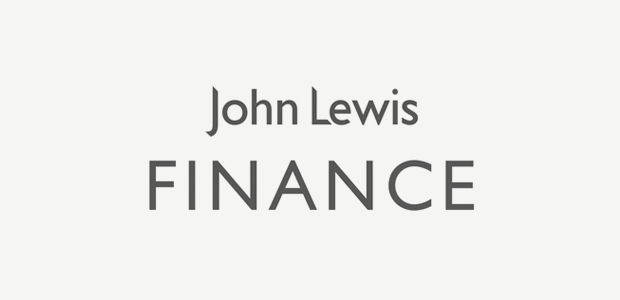Nestle, Facebook and why brand marketers need to wise up

Right now, Nestle’s brand reputation among Facebook users is at dire risk of self-imploding.
You can take a look at Nestle’s Facebook Page itself to see the tone of the exchanges, but Nestle’s stance illustrates an issue that brand marketers more generally need to understand: In an age of the social web, who on earth suggested that your brand was your brand anymore?
When AOL rebranded last year, Wolff Olins‘s work on the AOL logo was getting a no-nonsense pasting at the Guardian’s PDA Digital Content blog on the comments board beneath a post detailing designer reaction to the new look.
The mindset displayed then by most commentators on AOL’s logo is precisely the mindset that Nestle are displaying at its Facebook page.
So I waded in with my view. And it is my advice today to brand marketers who are under the illusion that they have any control over their brand or its identity any more. Here’s what I posted:
“If I understand AOL’s CEO correctly, this isn’t a brand visual identity that’s designed for the linear world of the mass media model that we’ve all grown up with, it’s designed to underline the provenance of content distributed by this brand in a messy, fragmented, user-centred world.
Very soon branded content will compete with branded content to build equity from consumer pass-alongs; we’ll no longer be operating in a polite brand sits alongside brand mass-media modelled world where adherence to visual identity guidelines is sacrosanct.
Wolff Olins clearly understand this. And they also understand that brand identity, particularly for digital businesses, is secondary to the creation of distinctive signature brand interaction design
This is where AOL appears to be focusing its attention – interaction and service – and, judging from the comments on this board, it seems they’re right to do so.
I think this piece of work has the potential to deliver a really adaptable hallmark brand. Its success will be determined by the quality of its application and in tandem with products and services that really work well for users. That is where its brand reputation will be built and not built on what it looks like.
The idea that brands – even today – have any control over their visual identity once it passes beyond the boundaries of their own business environment, is naive. So the loose association between the imagery and the text really works well to mitigate the risks of damage to the ‘Aol.’ brand name which, in reality, doesn’t even need a prescriptive typeface.
I think it has the potential to be a powerful adaptive brand but only if the ambition of the idea is matched by the ambition of Wolff Olins’s client.”
Wolff Olins’ approach resonates with my increasingly acute sense that – pretty much – everything we’ve understood about marketing communications’ conventions is now being rapidly and unceremoniously tipped on its head.
It’s what led me to create this presentation last week. And why we posted this at MRM’s website just about two weeks ago.
What’s motivating people like Tim Armstrong is behaviour elsewhere in his marketplace like this.
